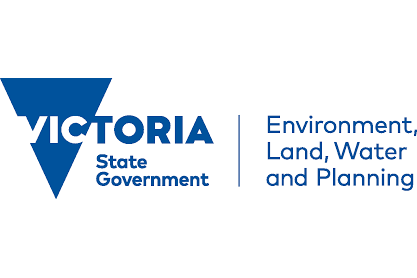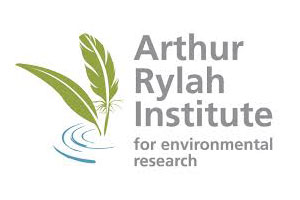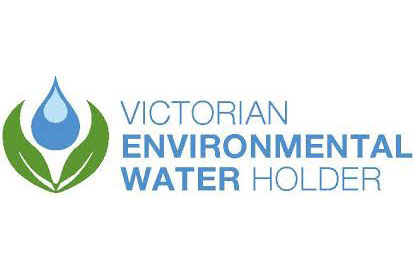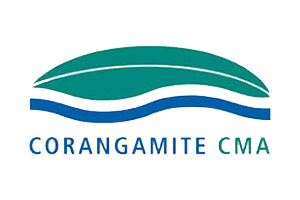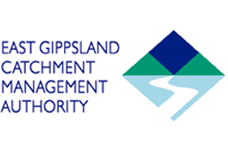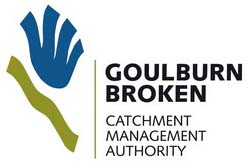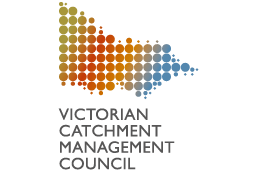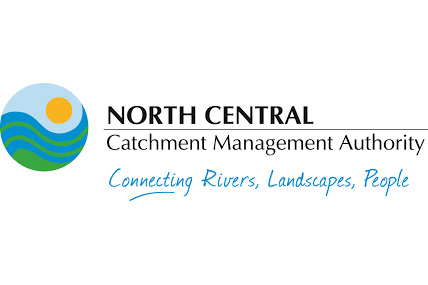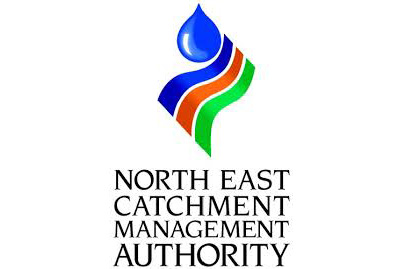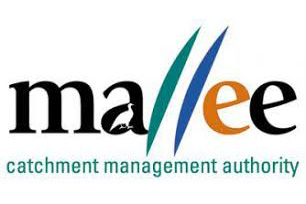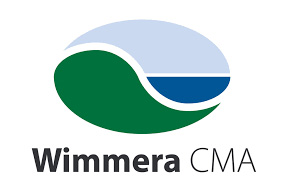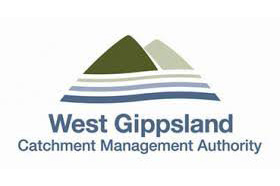
Estuaries
Estuaries are partially enclosed waterbodies that may be permanently or periodically open to the sea. They are a transition zone where freshwater draining from the land mixes with the ocean’s saltwater. Most of Victoria’s estuaries are brackish mouths of rivers and streams that flow directly into the ocean or into large marine bays such as Port Phillip Bay, Western Port and Corner Inlet. Many of these estuaries close intermittently because of sand bar formation at the estuary entrance, usually during times of low freshwater inflow.
Many Victorian estuaries contain sites of cultural significance, are valued for recreational use and contribute to local and regional economies through tourism and commercial or recreational fishing. They support distinctive aquatic and terrestrial plants and animals, provide important drought refuges, and significant breeding and feeding areas for birds and spawning and nursery areas for fish. Vegetation and saltwater marshes adjacent to estuaries maintain water quality, assist with nutrient cycling, and provide a buffer to catchment-derived sediments and pollutants entering the marine environment.
Managing Estuaries
Commonwealth, state, and local government agencies work together to manage estuarine environments and their associated upstream freshwater catchments. The Victorian Waterway Management Strategy provides the key statewide strategic direction on the management of the environmental condition of estuaries. The Victorian Coastal Strategy provides strategic direction for coastal land use planning and sustainable development issues. Regional management of estuary condition is integrated with river and wetland management through Regional Waterway Strategies, which identify high value sites and priority management activities. Estuary Management Plans and Coastal Action Plans are also prepared for some sites.
Estuarine ecosystems are complex and dynamic and their condition is affected by activities within the upstream freshwater catchment. Many threats can potentially degrade estuarine condition, including intensive levels of recreation and land use change, unpermitted estuary entrance openings, changes in water regimes including reduced inflows, high levels of sediment and nutrients, pollution, habitat modification, invasion by weeds or pests, salinisation and acidification. The potential impacts of climate change also represent a key challenge for estuary management.
Management activities to enhance connectivity and condition, such as riparian management programs and barrier removal along both river and estuarine reaches are critical for waterway health. Many CMAs undertake targeted rehabilitation works to address these issues.
Key Projects, Research and Monitoring
It is important to understand the links between the values of estuaries, threats to those values and how management activities can reduce threats and improve environmental condition of estuaries. Research is required into vulnerability of estuarine function to potential changes in climate and catchment threats, and understanding of consequences of altered estuarine hydrology, including artificial estuary entrance opening and water harvesting activities within the catchment. The input of freshwater from rivers or groundwater is a major influence on estuary condition, but there is little knowledge regarding the extent of effects caused by altering freshwater flows to estuaries. While our understanding of impacts of threats to estuarine condition is improving, research effort is focussed on providing an evidence base for effective planning and management.
Key programs, actions and research within Victorian estuaries in recent years include:
- The Estuary Entrance Management Support System (EEMSS) was introduced in 2007 is a tool for managers to consider impacts on the environmental, social and economic values of an estuary, identifying likely risks involved with decisions to artificially open (or not to open) an estuary. It also provides sound guidance for the ongoing management of estuaries by establishing important baseline data such as records of estuary entrance openings, water levels, water quality data, and species lists.
- The Estuary Environmental Flows Assessment Methodology (EEFAM) was developed in 2007 as a decision support tool to guide the delivery of environmental water to support estuarine condition.
- The EstuaryWatch program provides opportunities for the community to participate in estuary monitoring activities that help inform decision-making and increases community awareness of estuary management issues including management of estuary entrances. It was established by the Corangamite CMA and the Western Coastal Board in 2006, has been expanded to the Glenelg Hopkins and West Gippsland CMA regions and Melbourne Water.
- State environment protection policies (SEPPs) address water quality requirements across Victoria by setting out the beneficial uses of water and the environmental quality indicators and objectives to protect them. The new SEPP (Waters) provide one instrument to guide water quality management in Victoria and improve protection of our waterways, bays and coastal waters. It provides environmental quality objectives which better reflect conditions of our water environments and is based on extensive monitoring data, the latest scientific understanding and relevant national standards. It also more clearly identifies rules for decision makers and obligations on industry to guide the protection and management of water quality in Victoria.
- The Index of Estuarine Condition (IEC) has been developed and implemented by DELWP to provide a consistent method for assessing the environmental condition of Victorian estuaries. This information will help report on the estuarine condition, assist in the prioritisation of management investment among estuaries; and provide a baseline for assessing long-term changes in resource condition. It includes five themes: physical form, hydrology, water quality, flora and fauna. Victorian estuaries will be monitored in 2017-2020 to deliver the first statewide IEC assessment. The Arthur Rylah Institute is undertaking monitoring for the flora, fauna and water quality themes. EstuaryWatch Citizen Scientists and Catchment Management Authorities have also been involved in water quality monitoring.
